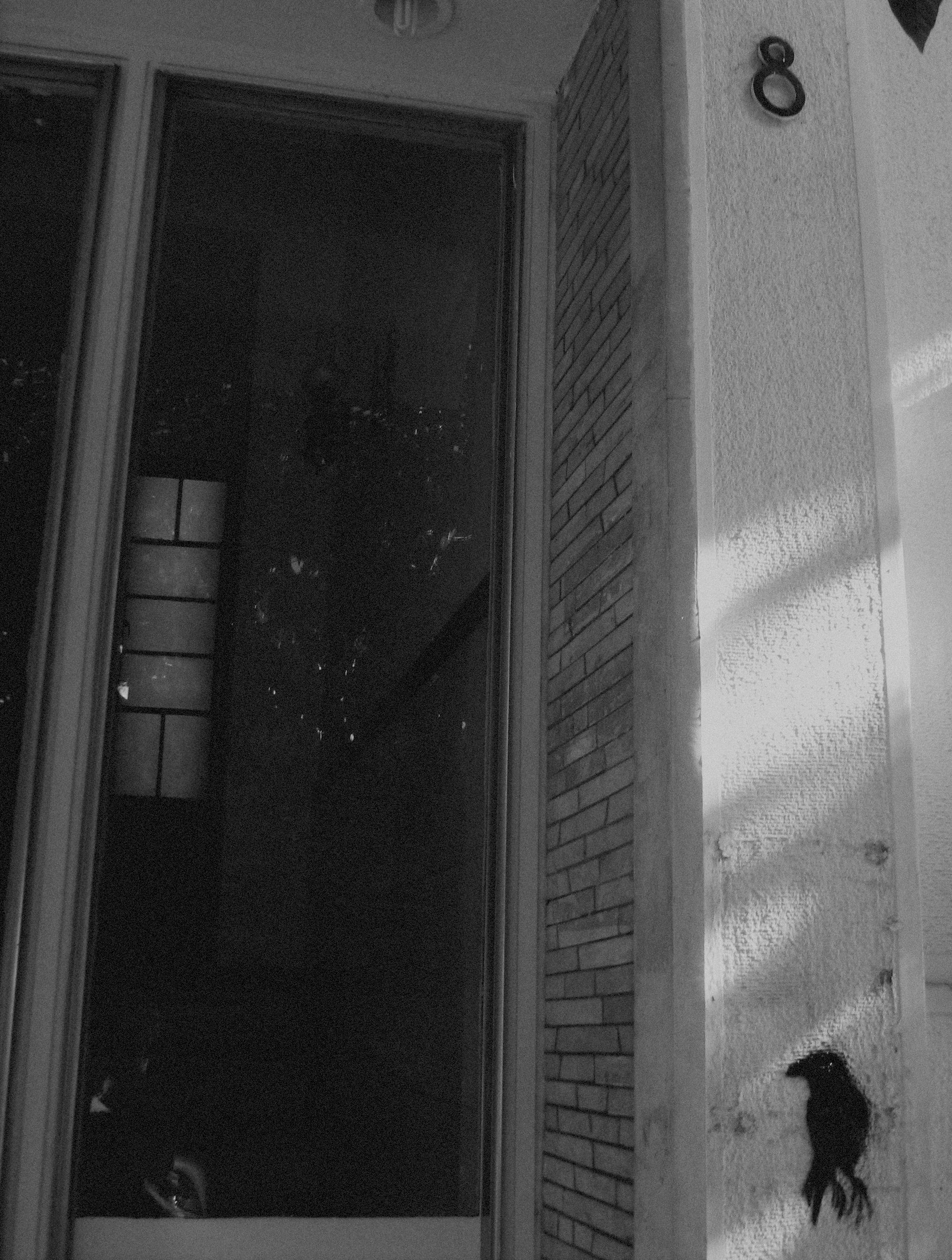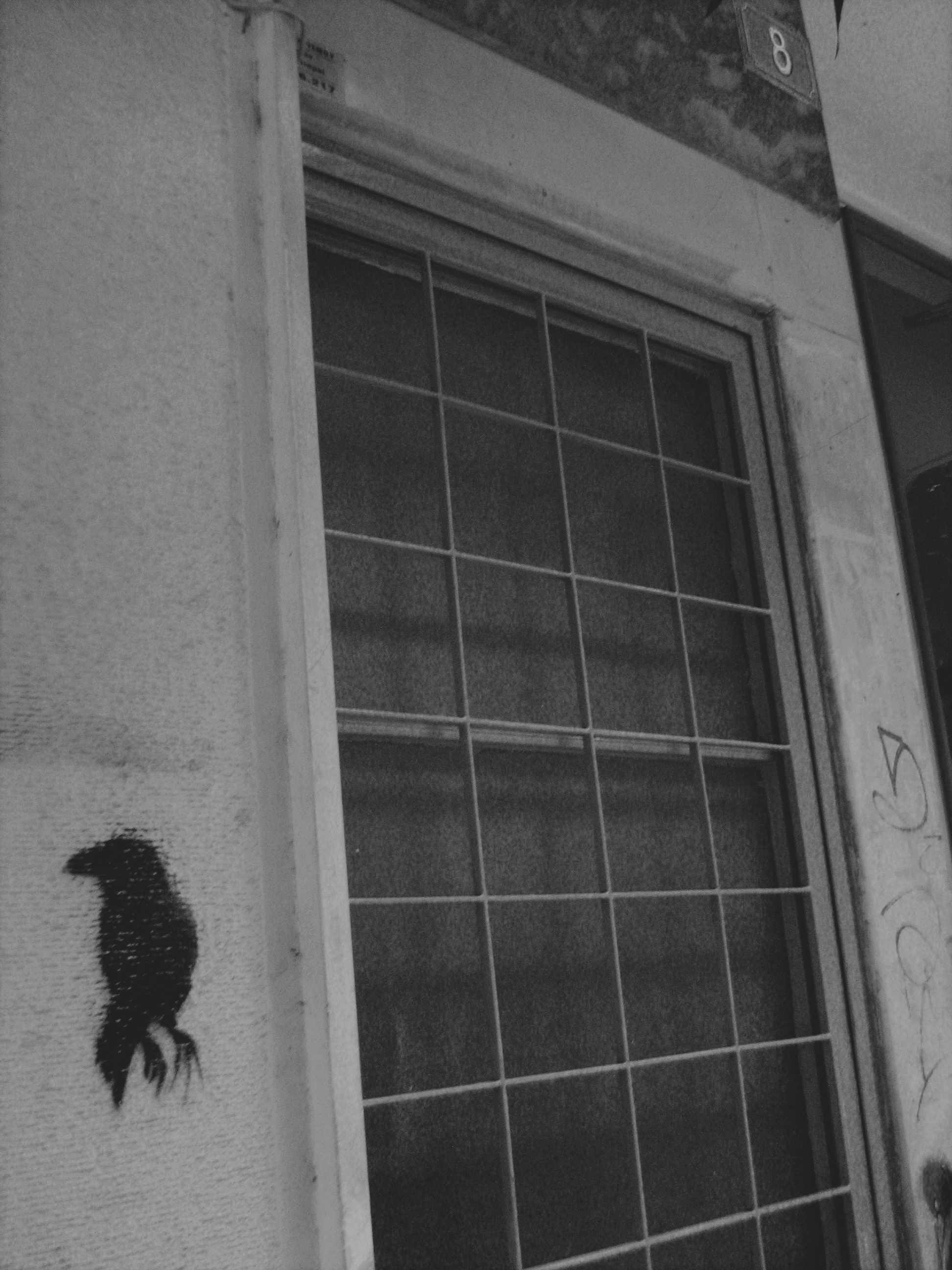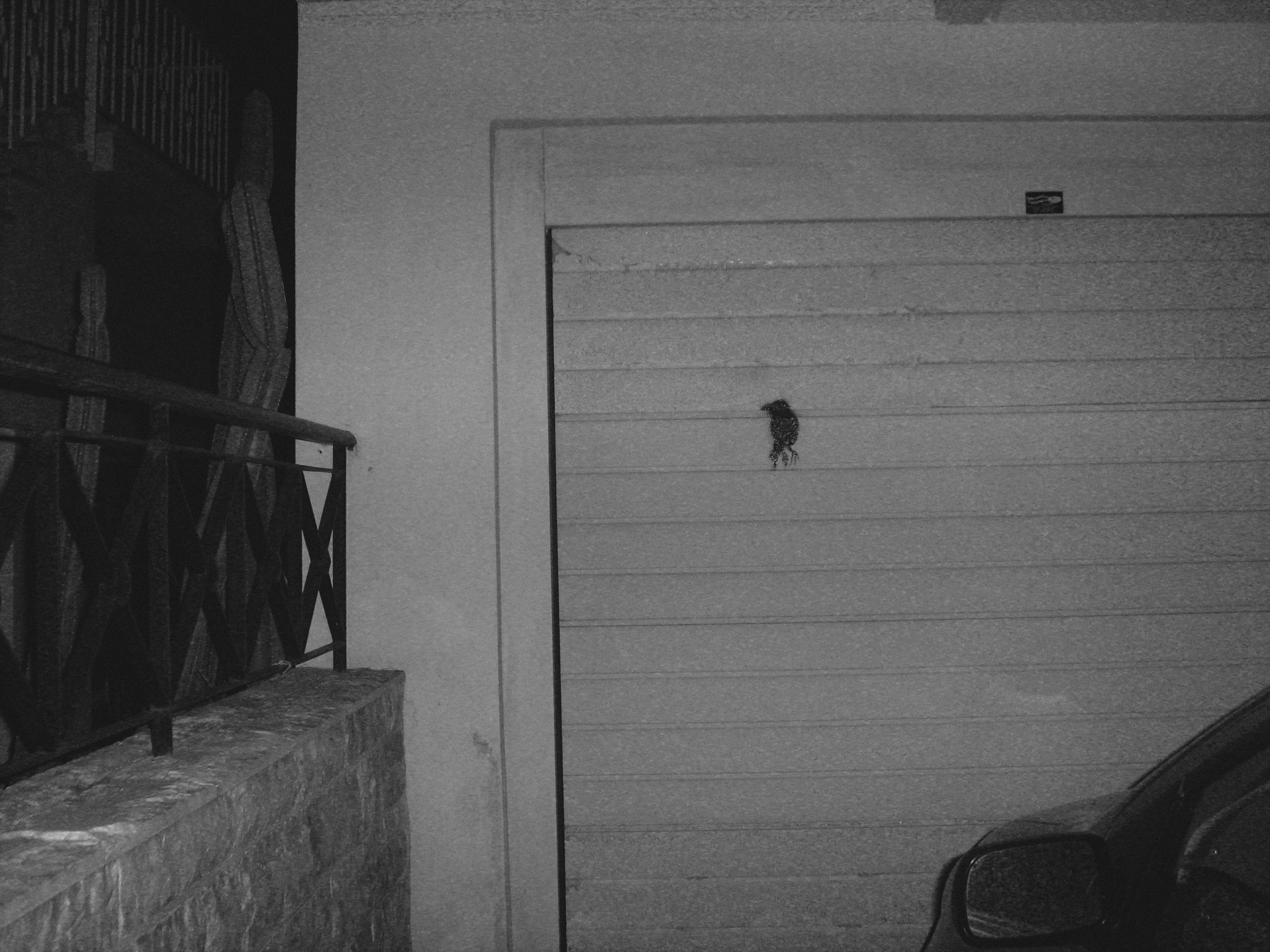

Somewhat like the 'Whitechapel Ripper Walk – Jack the Ripper Tour London' the ADoR (Athenian Dens of Ravens) walk that takes place in central Athens was newly attempted and created in faith; a self-guided tour about abandoned dens and old hideout of anti-conformists opposed to the government. A coded, discreet yet significant marking to identify the spaces the walking tour would take the person through.

Following the aforementioned reference, the crow became a counter-symbol for these very entrance whilst blending in with the rest of the graffiti in the area. The portrayed sitting, looking-lef crow indicates the extreme political view yet the lack of any further information keeps the locations still hidden from the general public; locations that were once terrorist shelters now long imprisoned accused of several serious attacks in Athens.





ADoR. «A death-crow can be many things and one of the ways it has been used which has been used as a metaphor “to exult in triumph” or “as the crow flies”, in a straight line: by the most direct route. It is considered one of the most intelligent birds thu far studied. Folklore often represents corvids as clever, and even mystical, animals. Due to their carrion diet, the Celtic peoples strongly associated corvids with war, death and the battlefield. In many parts of Britain, gatherings of crows, or more often magpies, are counted using the divination rhyme: one for sorrow, two for joy, three for a girl, four for a boy, five for silver six for gold, seven for a secret never to be told. Cornish superstition holds that when a lone magpie is encountered, it must be loudly greeted with respect. The 6th century BC Greek scribe Aesop featured corvids as intelligent antagonists in many fables. Later, in western literature, popularized by the American poet Edgar Allan Poe’s work “The Raven”, the common raven becomes a symbol of the main character’s descent into madness.» (sic)
